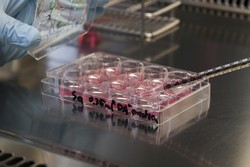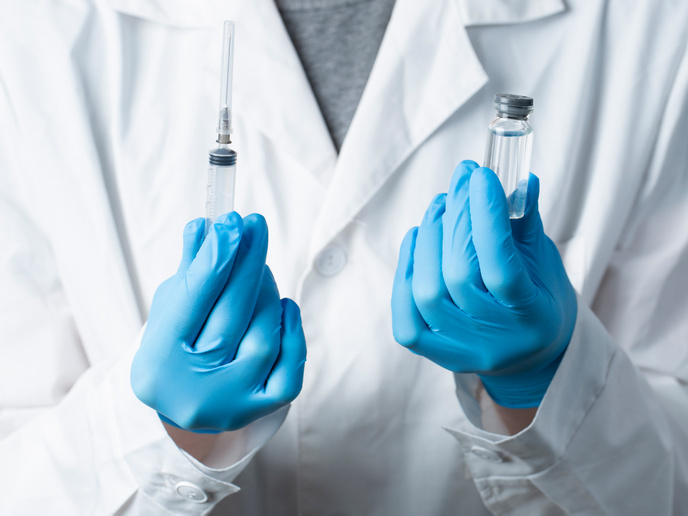Molecular determinants of stem cell differentiation
During development, embryonic stem cells make cell fate decisions that rely on the nucleosome remodelling and deacetylatase (NuRD) and the polycomb repressive complexes (PRCs). These interact directly with histone proteins and affect nucleosome positioning and higher order chromatin organisation. This alters the accessibility of the underlying DNA sequences (genes) to transcription factors and other regulators. Interestingly, both NuRD and PRCs contain different combinations of paralogous subunits and are thus characterised by very significant functional diversity. The EU-funded project 4DCELLFATE(opens in new window) (Developing a global understanding of the PRC and NuRD complexes in stem cell differentiation, in health and disease) wished to delineate the specific subtypes of complexes and their role in cell differentiation. Through a systems biology approach, the consortium studied the assembly, structure, interactions, and activity of the NuRD and PRC complexes during stem cell differentiation. Using mass spectrometry, X-ray crystallography and electron microscopy, scientists determined the composition and structure of NuRD and PRC complexes. Results showed that variations in the assembly of both complexes play a critical role in balancing pluripotency and stem cell differentiation. Furthermore, researchers constructed a predictive model that relates PRC and NuRD diversity, activity, and localisation to changes in gene expression and the differentiation process. This suggested how histone modifications directly influence transcriptional variability within tissues and emphasised the existence of cell-to-cell variability in chromatin status. Importantly, scientists developed drug-screening platforms that helped them identify specific small molecule inhibitors capable of manipulating NuRD/PRC function. This is of particular relevance to cancer, where somatic cells de-differentiate into cancer-stem cells. Therefore, interfering with specific NuRD and PRC complexes that drive the cancer stem cell phenotype has therapeutic potential. This was further supported by pre-clinical experiments showing that combinations of epigenetic drugs that target both bulk leukaemic cells and the leukaemia-initiating cell compartment are required for disease eradication. Taken together, the findings of the 4DCELLFATE project have enhanced our fundamental knowledge, in the process unveiling novel therapeutic targets. The project's main outputs are summarised in a video(opens in new window), which includes interviews with the project coordinator Luciano Di Croce and the two principle investigators, Ernest Laue and Brian Hendrich, as well as animations to explain the scientific background. Two versions are available. One is 15 minutes and the other is six minutes.







